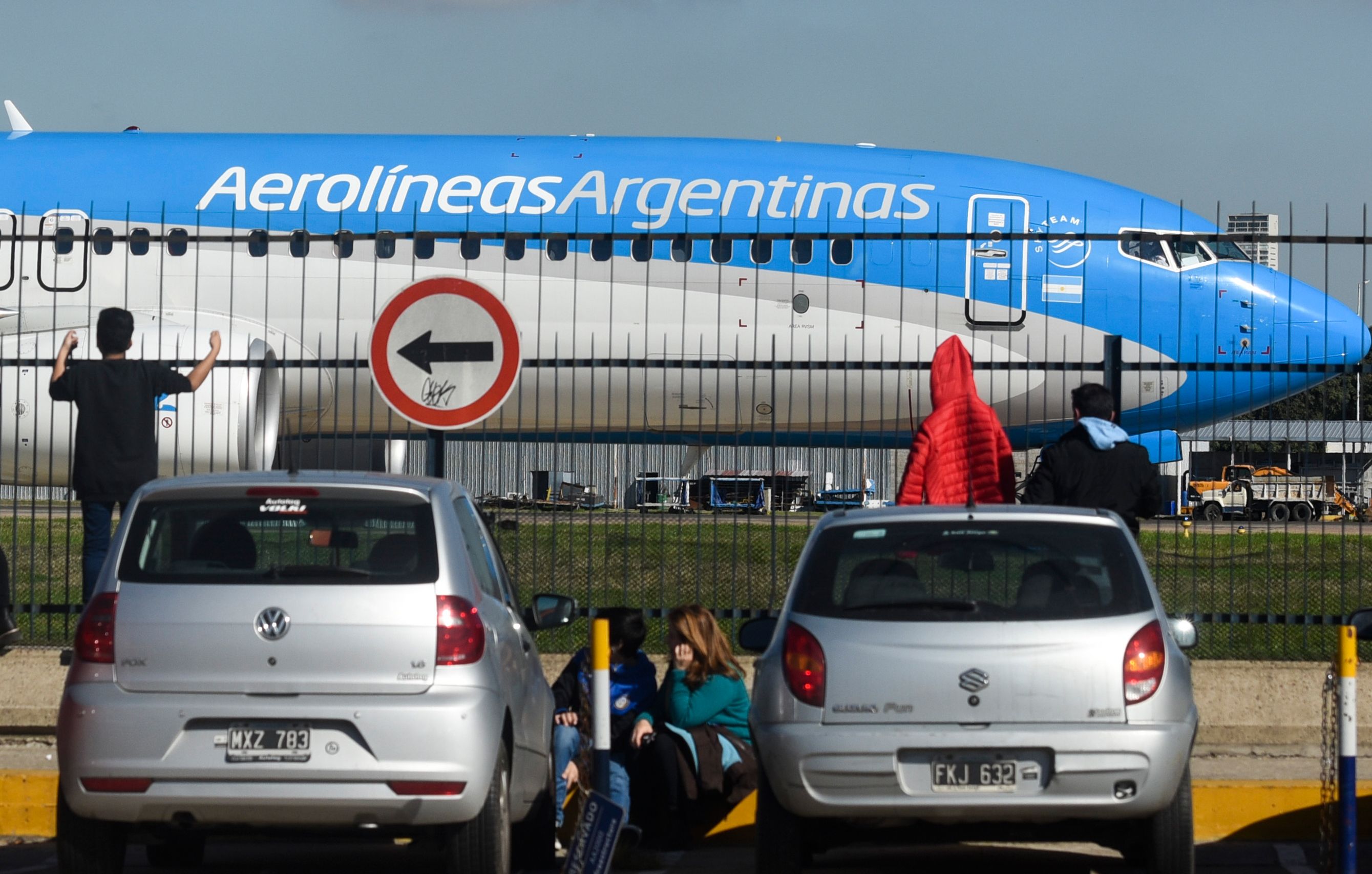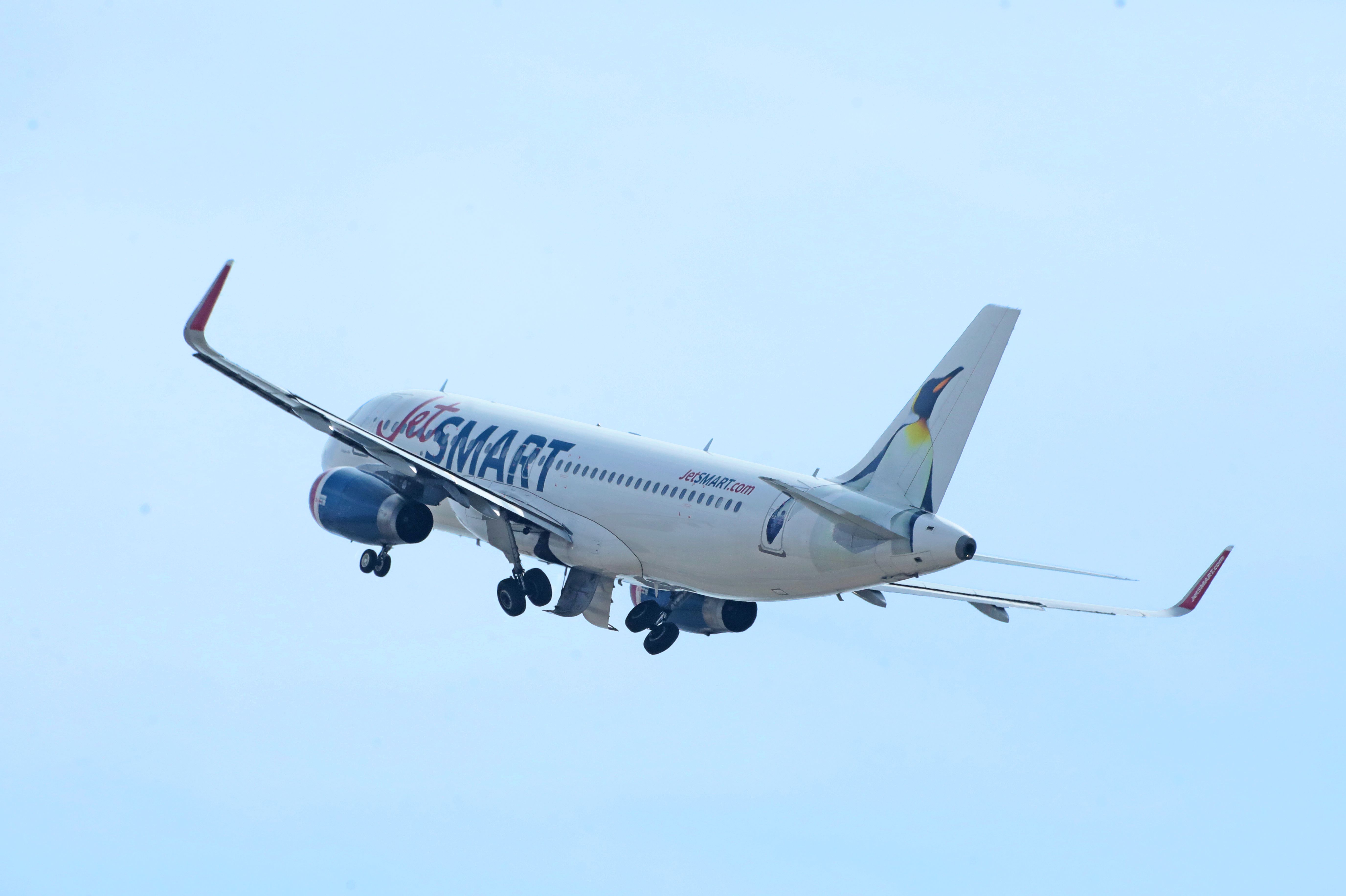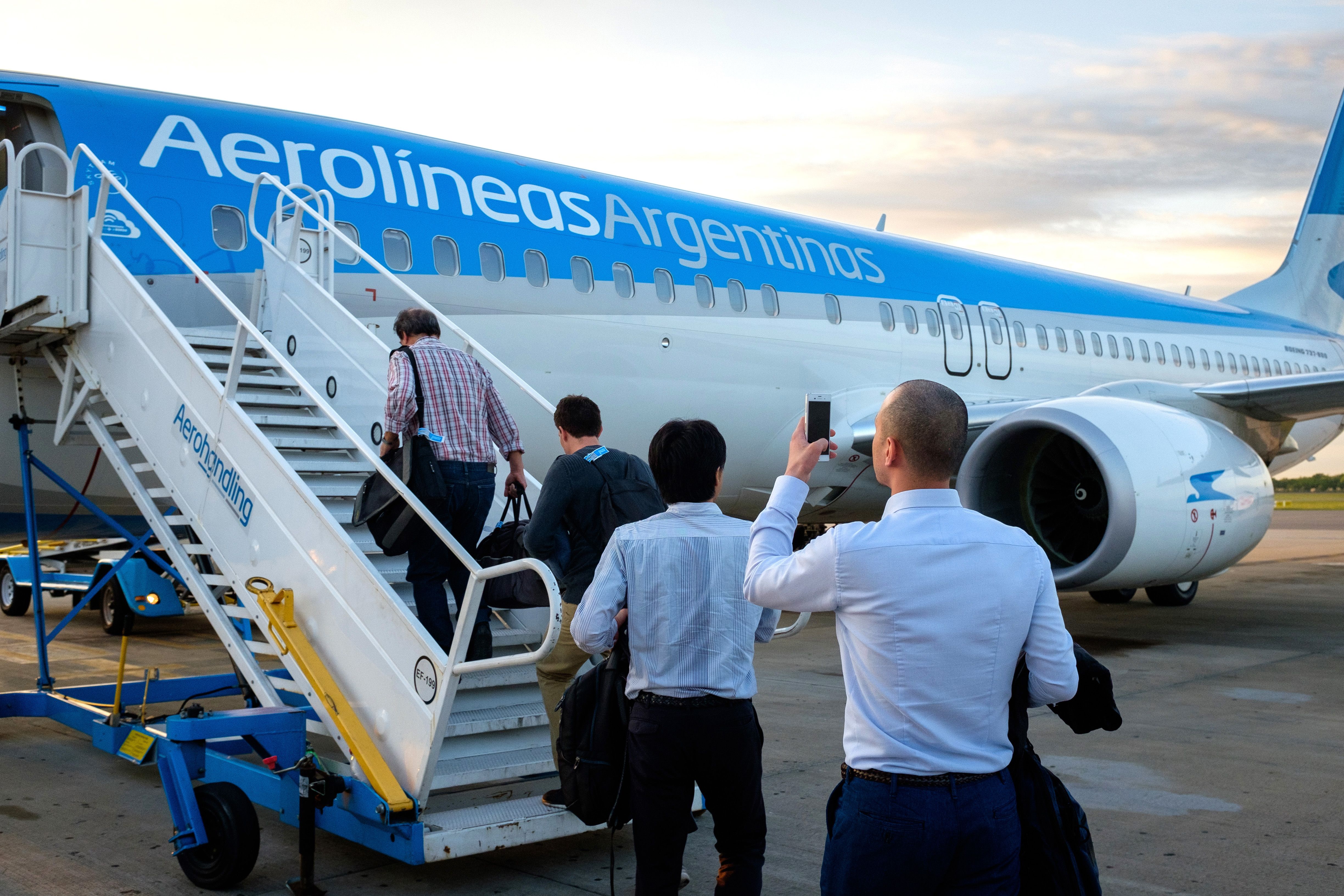According to data provided by the country's civil aviation authorities, Argentina has recovered nearly 60% of its pre-pandemic traffic levels. Although Argentina has lifted almost all travel restrictions, the recovery is far from complete. Let’s investigate further.
Argentina’s flight levels
Argentina has approximately 2,079 weekly flights, according to data provided by Cirium. In terms of the number of flights available and seats, the country is still 35.4% and 32.9% below 2019 levels prior to the COVID-19 pandemic.
The market is led by the country’s State carrier Aerolíneas Argentinas, which operates 1,575 weekly flights, having around 76% of all the domestic and international flights. In the last few months, Aerolíneas Argentinas has been increasing its capacity (it targets to fully recover its fleet level this year) and has launched new routes like São Paulo-Ushuaia, appealing to the leisure traveler.
JetSMART, LATAM, Copa Airlines, and GOL are behind Aerolíneas Argentinas in terms of scheduled flights. The low-cost carrier JetSMART is the only airline that has surpassed its pre-pandemic traffic levels in the country.
Compared to April 2019 levels, Aerolíneas Argentinas has lost the service of 13 airlines, including Norwegian (a pre-COVID cease of operations), Avianca Argentina, Azul, Air New Zealand, and Alitalia.
The domestic recovery
So now, let’s take a look at Argentina’s traffic recovery. We are using the data released by Argentina’s civil aviation authorities.
Between January and March 2022, Argentina had 2.8 million domestic travelers, surpassing by 131.2% the numbers in 2021, when the country was still heavily impacted by travel restrictions.
In March alone, Argentina surpassed the one million domestic passengers barrier for the first time since the pandemic began. Domestically, the passenger levels are 23.6% below 2019 levels.
Buenos Aires Jorge Newbery Airfield (AEP) remains the top domestic airport in Argentina. It has received 2.2 million travelers in the year (nearly 80% of the market share).
The international recovery
Argentina’s international travel market is still very depressed due to the impact of the COVID-19 pandemic.
Nonetheless, the lift of travel restrictions could help Argentina fuel international demand in the coming months. Currently, Argentina only requests international passengers and airline crew to complete an online form and to have health insurance covering COVID-19 expenses.
Between January and March, Argentina received 1.3 million travelers, surpassing by 201.3% the numbers from last year’s first quarter.
Argentina received 487,000 international travelers in March alone, still 63.2% below pre-pandemic traffic levels.
Most of the international traffic lands directly in Buenos Aires. Between Ezeiza International Airport (EZE) and Jorge Newbery Airfield, they received 1.19 million travelers, a nearly 92% market share.
More international connectivity on the way
Despite the complex recovery of the Argentinian market, there have been recent positive announcements.
Aerolíneas Argentinas has been heavily announcing international routes in the past few months. The State carrier is betting on the Brazilian market and has great hopes for the country’s winter season.
The low-cost carrier Flybondi has also announced and launched new routes recently. Last month, Flybondi began flying to El Calafate and Comodoro Rivadavia while also announcing Flybondi Cargas, its freighter branch. Flybondi announced a new route to Puerto Madryn earlier this week, beginning on June 23.
Do you expect Argentina to fully rebound from the COVID-19 pandemic this year or the next one? Let us know in the comments below.



